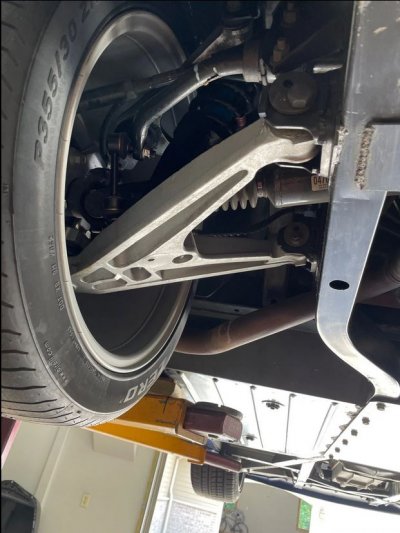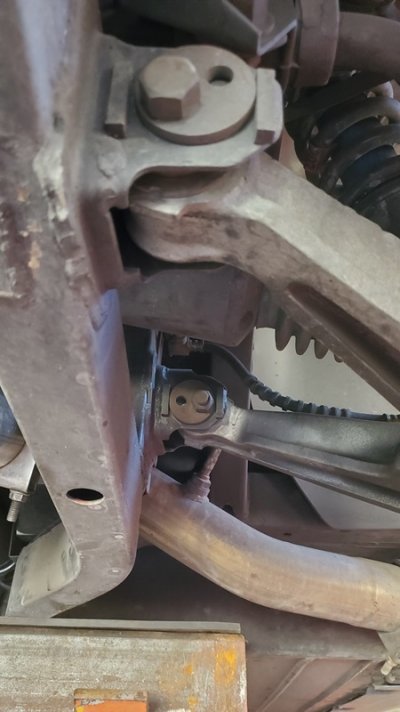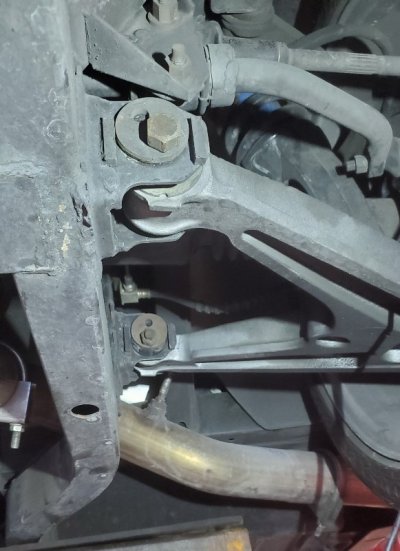Hi,
alignment with only standard equipment (plus one set of Mopar caster adapters) and enough time
is possible. I do
not recommend the procedure GTS Dean described, though. Every Viper is different ... Sure, the factory did a good job, but I wouldn't bet that every frame is identical and that following a mere 'visual guidance' leads to relaible results. Plus: the car in question had some
serious suspension tuning - extra caution is strongly advised for my taste.
When I rebuild my Viper last year (after I got into an accident on the Autobahn) my father and me (both mechanics) did alignment (and all the other
funny stuff) all by ourselves. We got the Miller adapter for the rear axle (MILLER TOOL 8996), a magnetic inclinometer and a 'standard' wheel alignment machine (nothing fancy, no lasers, just four reguar measuring heads) ... It's very important that the car stands on turntables with ALL four wheels and that the suspension is sufficently bounced a few times so it settles on a neutral height. I also have to disagree a little bit regarding indirect caster measurment at the front - our alignment machine only was able to show the actual caster, but wasn't able to calculate live adjustments (6,6° caster isn't usual for European equipment I guess)^^ We simply 'copied' the rear adapters for the front so that we could use the inclinometer there, too. The rest is (as all the people said) standard (but maybe very time consuming). Direct measurement for caster (this extreme) works best in my experience ... indirect measurement by turning the wheels
can lead to the same results, but in our case it would have been way more time consuming (and with mounted bumper outright impossible).
Anyways. All I wanted to say: there is
no need for a DRB3 nor
premium workshops ... I don't disrespect the folks there, but a Viper is (in a good way) downright stupid and honest - you need time, no image! Pay for oldschool mechanics and not VW-idiots (sorry, but I worked long enough on their 'products' and learned the hard way that there is no [mental] difference between VW, Audi, Lambo, Porsche and I
never trust shops that work on too much different shiny
premium stuff at the same place

). Other workshops that
may assist and also use much direct caster measurement should be the Merc-people ...
One last thought (and once again experience): the shop manual is
VERY specific and explicit in terms of the so called
design height ... I don't want to scare you, but depending on what coilovers you use there is a real chance that OEM specs simply can't be adjusted to 100% anymore. Both front knuckles on my car were broken (plus cracked steering rack and bend sway bar links) and I only found out that one control arm was also bend (though
undamaged looking) when the OEM front caster wasn't in adjustable range ... Wheel alignment is one of the best ways to determine if crash repair was done right or not

Best regards and good luck,
Kevin



